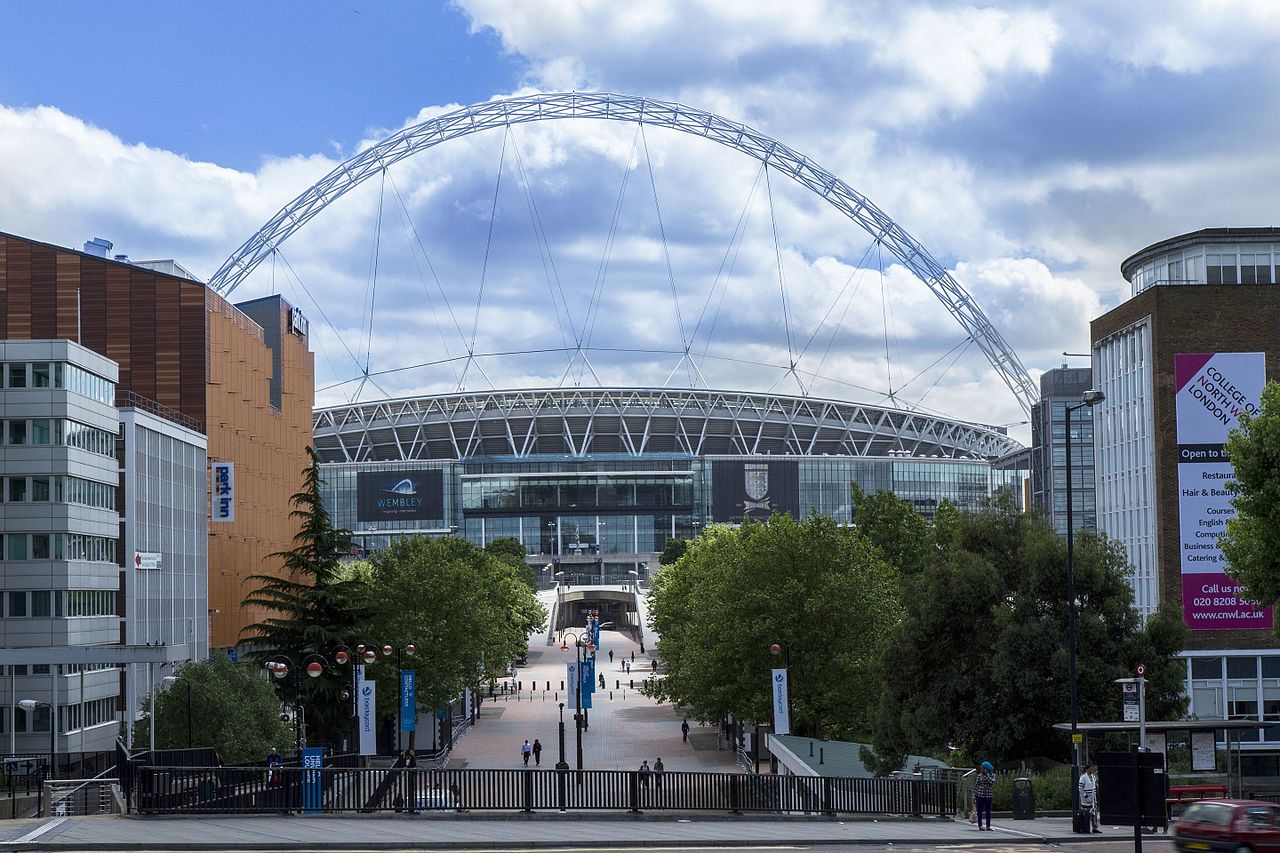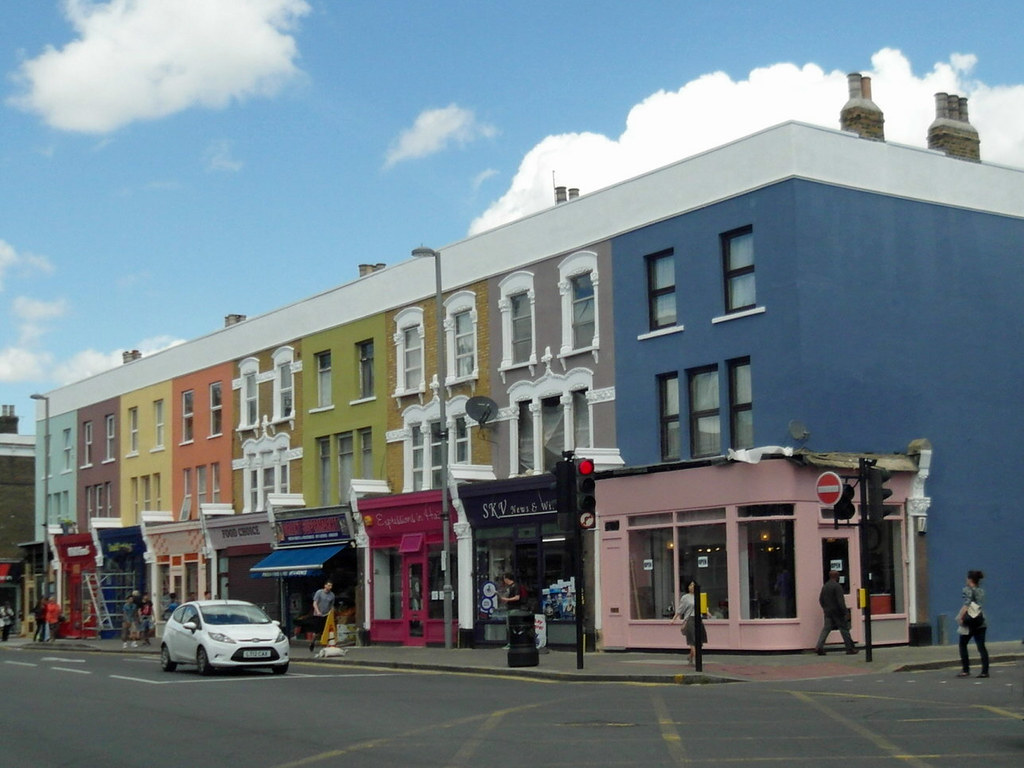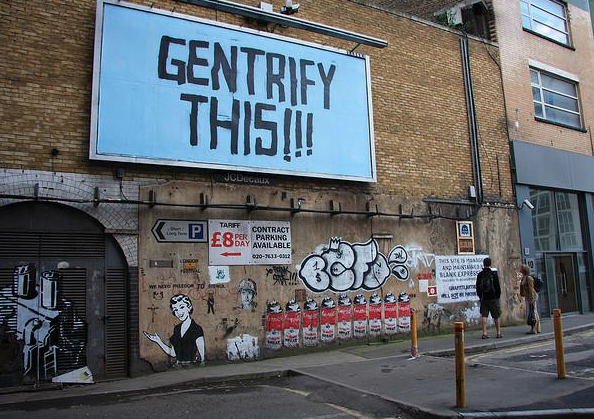If you live in a major city, you’ve probably heard the term gentrification being thrown around. If not, you’ve probably witnessed a progressive transformation in your city or local area over the course of recent decades. Some of these changes may seem familiar; more high street estate agents opening locally, more restaurant chains opening, local businesses closing down and the sudden materialisation of coffee shops… always coffee shops. But what is gentrification exactly?
Gentrification is the renovation process of deteriorated urban neighbourhoods utilizing the influx of more affluent residents. Gentrification can quite drastically enhance the quality and livelihood of an area, but like many things, there are negative outcomes of this; the most prominent being the potential forced relocation of established and existing residents and businesses. This causes them to move from said area, usually due to financial factors such as rental increase. On the topic of gentrification, Neal Hudson of Savills division said:
“The movement of socio-economic groups around the capital has had an impact on property markets around the city.”
Hudson’s claims are completely accurate. I grew up in Harrow, North West London – an area that hasn’t changed much at all since my youth. However, just around the corner, you have Wembley, which has changed drastically since my childhood. In 2002, Brent Council and Quintain formed a partnership to go forth with the regeneration of Wembley, in which over £1.5bn has been invested. The regeneration of Wembley has so far produced Wembley Stadium, a refurbished Wembley Arena, the Civic Centre alongside London Designer Outlet, Wembley Park Boulevard, a sizeable chunk of hotels and student accommodation complexes, along with hundreds of new homes.

Despite the areas meritable accumulation over the past sixteen years, such a huge regeneration project has been met with much concern. Firstly, the effect it has on surrounding areas. Now, to Londoners this may come as no surprise, being in one of the most expensive cities in the world, but most properties in Wembley fall out of the “affordable” range. Quintain has invested billions into Wembley Park, which may have been without the careful consideration of drawing evaluation from Brent’s residents over the years. The result has led to quite dramatic socioeconomic disparities.
Average house prices in the six postal districts near Wembley Park in Harrow and North West London have risen from £259,979 in February 2007 to £445,545 in February 2017, an increase of more than four times the rate of increase seen in the UK at the time. Not far from Wembley, Willesden (NW10) enjoyed the overall greatest rise in average house prices with a growth of 94 per cent, surging from £272,063 in February 2007 to £528,996 in February 2017 (£256,934 in cash terms). This made it the only district to outpace the rest of London at the time.
Another area of London known well for its gentrified transformation is Hackney. Hackney has been widely drawing attention for quite some time, as the hub of East London’s ‘hipster’ culture where many graduates flock to try their luck in the hustle and bustle of the capital. Hackney has most certainly come a long way from how it used to be – the London Olympics in 2012 played a huge part in this. To give a short narrative of how this event inflicted repercussions on urban development, the coordination of the Olympics in East London ultimately shifted focus to a physical regeneration that would benefit a global event.

The central ambition in the transformation of post-industrial East London was to create an economically competitive area that would be visually compatible with the image of a redeveloped landscape. Businesses that were regarded “either of low economic value for London and or not suited to integration within mixed-use development” were relocated, thus leading to a dispersal of the economic factions already active in the area. Other pre-Olympic occupants who did not have the capital to afford stable housing, particularly among them artists, have been out-priced as a consequence of the rise of land value. The increased investments in the real estate of this area are largely due to its proximity to the Olympic Park. However, the regeneration process also stimulates housing development projects and retail amenities that cater to the middle class. Thus occurs a shift from a ‘working’ and goods-producing Hackney Wick, to a predominantly middle-class residential area built around a focus on consumer practices.
Even in consideration of these factors, gentrification isn’t all doom and gloom. A study from NYU’s Furman Center suggests that residents of public housing in wealthier and gentrifying neighbourhoods tend to earn more, live with less violence, and have access to better educational options for their children, despite some challenges. Furthermore, a study from the Philadelphia Federal Reserve Bank finds that there has been far less displacement of existing residents from gentrifying neighbourhoods than is commonly feared—and that those who do leave aren’t necessarily more likely to move to lower-income neighbourhoods. Finally, a Columbia University study on gentrification in London also failed to find evidence of widespread departures in neighbourhoods with rising average incomes.

It’s no surprise that gentrification can provoke some anxiety for residents about the future- at the end of the day, there is definitely an emotional element to these discussions that will inevitably fuel debate. While the central narrative (having rice neighbours makes life harder for poorer people) is common, news stories seldom promote the narrative of concentrated poverty (having mostly poor neighbours makes life harder for the poor), which is both more prevalent and demonstrably more harmful.
Implicit in all of these narratives is a strong quasi-segregationist impulse, say, that rich people ought to live with other rich people, and poor people ought to live with other poor people. Anything that changes or interferes with this status quo is suspect: If rich people move into poorer neighbourhoods, it’s called gentrification. If poor people move into more affluent neighbourhoods, it’s called social engineering – which goes to show just how complex this subject matter is to discuss.


